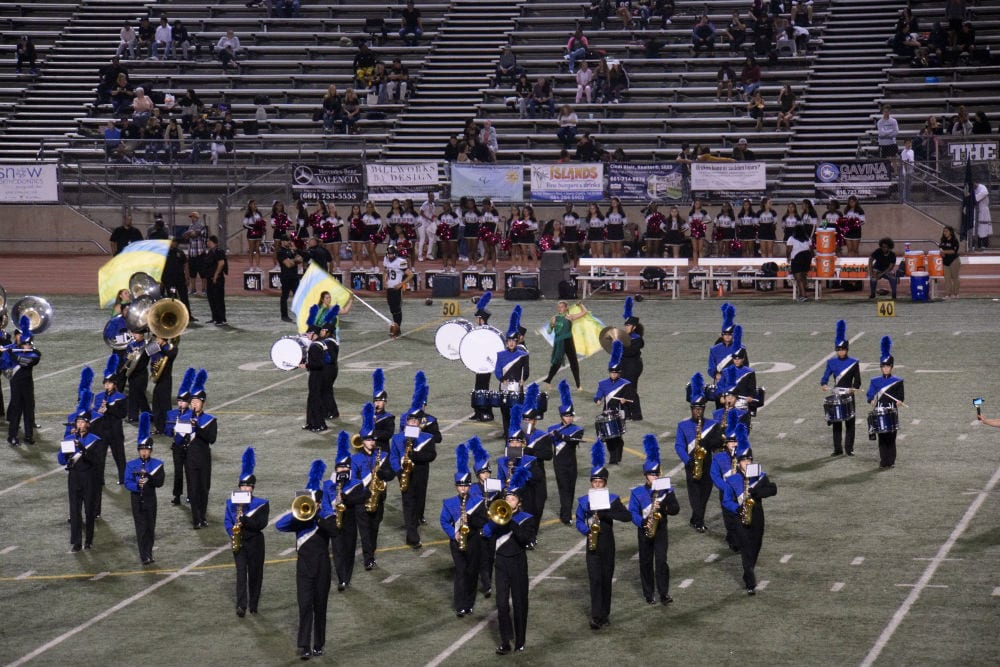Ukraine and Russia embroiled in a cat-and-mouse war technology game
- There is a military technology arms race between Ukraine and Russia, and both countries are rushing to produce more drones to support their war efforts.
- Both sides use drones, for example, to carry out attacks or for surveillance.
- “We are doing our best to be five steps ahead,” a senior Ukrainian official told Business Insider.
Away from the front lines in Ukraine, an unprecedented arms race is taking place.
Both Kyiv and Moscow have sought to significantly increase the production of unmanned systems, as each side seeks to out-maneuver its opponent and gain a numerical advantage. But it’s not just about numbers. It’s also about capabilities.
A senior Ukrainian official said the technology makes a difference on the battlefield and is constantly evolving.
“For the first time in human history, the technology war has developed at such a pace,” Mykhailo Fedorov, Ukraine’s minister for digital transformation, said in translated comments seen by Business Insider. He added: “It now resembles more of a game of cat and mouse, with one side outperforming the other.”
Drones of all kinds were invaluable in this war, with both sides regularly using them for a variety of battlefield tasks, including conducting attacks, conducting surveillance, observing enemy troop movements, laying mines, dropping bombs, delivering supplies, and evacuating the casualties.
Both Ukraine and Russia favor unmanned systems as a low-cost but effective way to keep pace with the ever-evolving nature of this grueling conflict.
Russia has dramatically increased production of drones, including first-person view drones, and trained thousands of operators, putting pressure on the Ukrainians to keep up.
“As far as drone production goes, we see that Russia is producing quite quickly,” explains Fedorov, who spearheaded Ukraine’s efforts to boost domestic innovation and procure unmanned systems during the war.
“But at the same time, we are doing our best to be five steps ahead,” he added.
Ukrainian officials said in December that Kyiv aims to produce one million first-person-view (FPV) drones by the end of the year. These relatively cheap systems have made a huge impact, but building such a large number would be a massive effort that would require the country to increase its already high production volumes. Ukraine also plans to manufacture thousands more systems.
FPV drones in particular have proven to be a ubiquitous threat on the modern battlefield. Both Ukraine and Russia rely on these systems, which are often just small quadcopter drones loaded with explosives, as a cost-effective way to deliver precise strikes against enemy personnel, positions and tanks.
In February, Fedorov said Ukraine would meet its FPV production targets by the end of the year. Some officials said Kyiv could even exceed those numbers, as the country is capable of producing 150,000 drones per month.
Even though Ukraine has its eye on a million FPV drones, Fedorov told BI that Kyiv still plans to produce other unmanned systems, such as exploding naval drones and long-range attack drones.
“Different missions require different drones,” he said.
In particular, naval drones and long-range attack drones proved to be innovative – and successful – solutions for Ukraine in areas where Kyiv had deficits at the beginning of the war due to its virtually nonexistent navy and a lack of missiles.
While Ukraine does not have its own warships, it is using two types of naval drones to damage Russia’s Black Sea Fleet, forcing Moscow to withdraw its vulnerable assets from its long-held headquarters on the occupied Crimean peninsula. Originally loaded only with explosives, these naval drones now also carry rocket launchers and heat-seeking missiles.
Long-range attack drones have now emerged as a means for Ukraine to circumvent restrictions on the use of Western weapons and carry out attacks deep inside Russian territory. Using domestically produced unmanned aircraft, Kyiv has attacked strategic military and energy facilities hundreds of kilometers from the front lines.
“The success of Ukraine’s long-range program can be seen in the surprising news from Russia,” Fedorov said.



